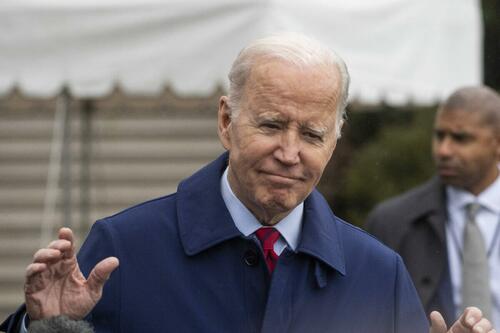Cells that form cutaneous squamous cell carcinoma tumours prepare themselves to migrate to the lymph nodes to metastasise other organs, and they make changes so that they can survive this process. According to a study led by researchers from the Inflammatory and Neoplastic Dermatological Diseases Research Group at the Hospital del Mar Medical Research Institute, published in the journal Life Science Alliance, these cells stop consuming glucose so that they can survive by using LDL cholesterol molecules, the so-called bad cholesterol. This new marker may be a promising candidate for treatments involving lipid metabolism inhibitors targeting these cells to prevent metastasis.
Every year, 74,000 new cases of non-melanoma skin cancer are diagnosed in Spain, a group that includes squamous cell carcinoma, the second most common cancer. The lifetime risk of suffering this is between 7 and 11% and its incidence has doubled in the last thirty years. In squamous cell carcinoma, around 4% of tumours metastasise. And there is no tool for anticipating this. Now, however, the study led by the IMIM-Hospital del Mar provides a marker that indicates which of them are about to start migrating towards the lymph nodes to reach other organs.
The role of dyskerin
The researchers have been able to confirm the role the protein dyskerin plays in this process. They did this using samples from a hundred primary tumours from patients with squamous cell carcinoma. In those that had metastasised, in vitro tests showed how certain non-coding RNA particles were no longer expressed and how the levels of dyskerin, which is the protein that helps to stabilise them, dropped. In other words, these levels indicated that the tumour cells were preparing to migrate. "This is a mechanism that can explain metastasis, but not only that, it is also a marker of the moment at which the tumour cell is preparing to migrate and initiate this process", explains Dr. Inmaculada Hernández-Muñoz, the study's principal investigator.
The drop in dyskerin levels induces a metabolic change in the tumour cells, and they shift from consuming glucose to feeding on lipids, specifically LDL cholesterol molecules, the so-called bad cholesterol. This allows them to survive the migration to the lymph nodes and, from there, to other organs where they proliferate. The change is only temporary and they recover their original characteristics when they have completed the process. The researchers were able to prove this using lipid metabolism markers in the analysed samples. This marker was indeed present in the patients with the worst prognosis.
In view of this fact, Dr. Hernández Muñoz stresses that the study "provides a good model for understanding how tumour cells spread in the early stages of the tumour.” In fact, "It paves the way for studying whether people with higher levels of LDL cholesterol are also at greater risk of metastasis.”
The work also showed how treating the affected cells with statins, which are used to combat high levels of bad cholesterol, allowed the lipid metabolism to be reversed and prevented the onset of metastasis. At the same time, the researchers demonstrated that this mechanism of change in cell metabolism also occurs in other tumour types.
The study was funded by the Health Financing Fund of the Carlos III Health Institute (ISCIII) and involved the Applied Metabolomics Research Group from the IMIM-Hospital del Mar and the Proteomics Unit of the Barcelona Centre for Genomic Regulation (CRG).
JOURNAL
Life Science Alliance
METHOD OF RESEARCH
Experimental study
SUBJECT OF RESEARCH
Cells
ARTICLE TITLE
Loss of dyskerin facilitates the acquisition of metastatic traits by altering the mevalonate pathway




